How Long Should You Stay Off The Grass After Fertilizing?
Your lawn serves as a natural extension and is also a vital part of your house. To keep its grass in good condition, you need proper fertilization. Applying the right fertilizer to your lawn has numerous advantages, including fewer dead spots, more robust grassroots, and a greener lawn.
On the other hand, the fertilization procedure involves chemicals that can harm children, pets, and even adults. However, once the fertilizer is absorbed by the plant or the soil, people and pets have less chance of getting directly in touch with the chemicals.
Therefore, after fertilizing your grass, you should wait a while for the chemicals to absorb before walking on it.
So, how long should you stay off the grass after fertilizing? Let’s discuss.
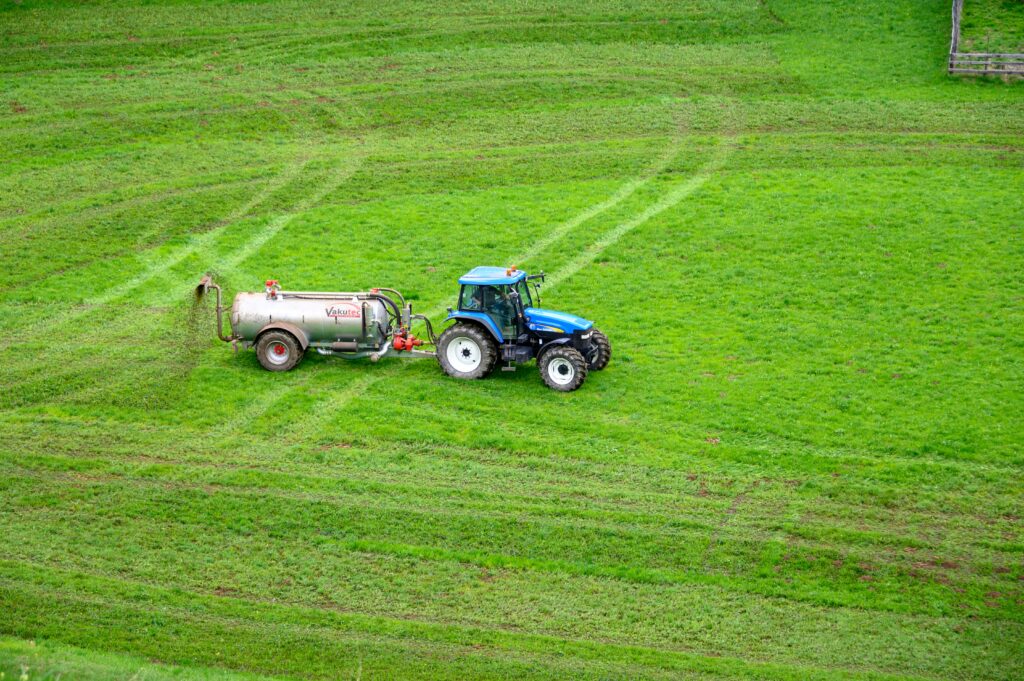
How Do You Fertilize Your Lawn Safely?
The most important thing is to read the instructions on the label given on the fertilizer package. You will find proper instructions about the required time to stay away from the lawn after fertilizing and other safety measures.
Consider that fertilizers include chemicals, and excessive use of them can burn your lawn, resulting in the yard’s dry, yellowish-brown appearance.
The chemicals can also harm kids and your pets as well. So, you should follow the instructions given on the package. Otherwise, you may put yourself, your kids, pets, and your lawn at risk.
How Long To Stay Off The Grass After Fertilizing?
Children might get exposed to harmful chemicals if the fertilizer is not properly absorbed. It can cause harm to bare skin. Also, they may accidentally ingest soil or grass containing fertilizer which can even lead to respiratory and cardiac disorders.
The general rule is that children should be prohibited from playing on the grass for at least 48 hours after fertilization. Also, children should be the last to step on the lawn only after checking that all fertilizer has adequately been absorbed by the plant and soil.
If you suspect that some trace fertilizer residues are still there after 48 hours, you should use protective gloves, fitting pants, and shoes to play or walk on the grass.
How Long To Keep Pets Off Treated Lawn?

Fertilizer is not just harmful to humans but to the animal as well. If you have pets that roam on your lawn and want a healthy pet and a healthy lawn, it is crucial to follow safety measures for your pet.
You should not allow the pet to go on the lawn for at least 48 hours after fertilizing. However, using a fertilizer product that claims to be “pet safe” does not eliminate the risks.
In that case, you should follow the instructions on the packaging but still take an extra 12-24 hours gap before allowing the pet to step on the lawn after fertilizing.
Important Things To Know About Fertilizing
Apart from the measures mentioned above, here are some other essential things that you should know to reduce the risks of fertilizer.
Types of fertilizer
There are generally two types of fertilizer.
- Liquid fertilizer
- Granular fertilizer.
Both have their advantages and disadvantages. Liquid fertilizers are absorbed faster by the soil than granular fertilizers.
But post-application safety in the case of liquid fertilizer is confusing because it is hard to tell whether any fertilizer residue is left on the grass blade.
Most liquid fertilizer manufacturers suggest using water with liquid fertilizer for better soil solubility. A solution to this problem is to stay away from the lawn until the grass is visibly dry.
On the other hand, it will take longer to absorb if you use granular fertilizer. Still, the soil or grass residue is visible and easy to detect.
Water the lawn after fertilizing
Watering the lawn after fertilizing helps the fertilizer absorb faster in the soil. Also, it helps to clear off the fertilizer residue which may be left on the grass blades.
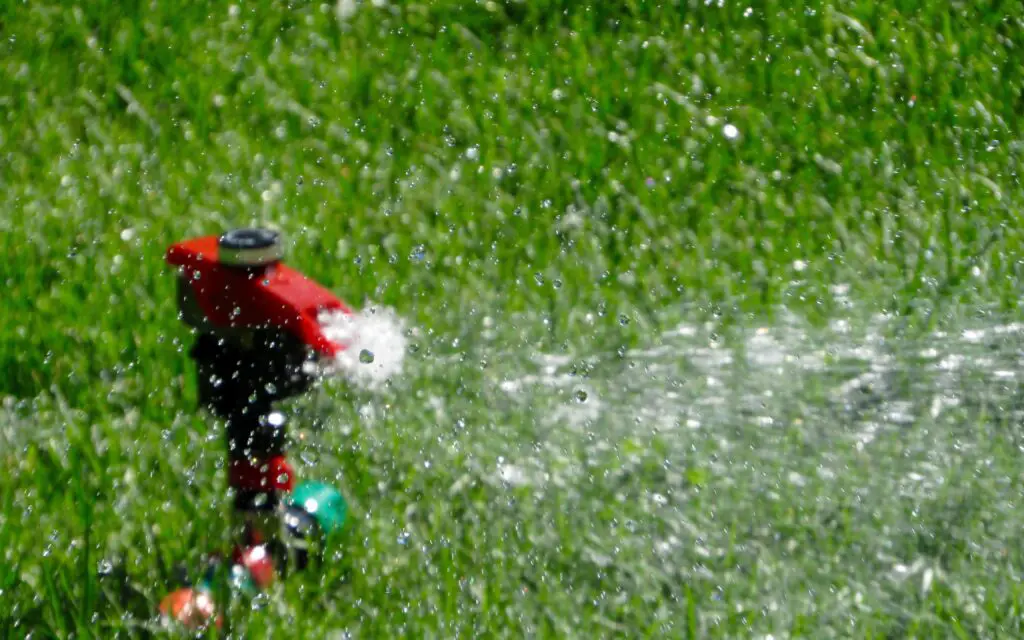
After watering the lawn, you should wait for at least two days to properly dry the grass.
Should I water the lawn after fertilizing?
Using liquid fertilizer on your lawn? Allow it to dry completely before watering it again, which should take 2-4 hours. When using granular fertilizer, make sure to water it as soon as possible after application.
However, if you applied spot weed treatments at the same time, wait for them to dry before watering, otherwise, the water will wash away the weed killer before it has a chance to be effective.
Avoid using excessive fertilizer
Using too much fertilizer will burn the grass. Also, using excessive fertilizer will leave more residue on the grass. It will be hard to determine when it is safe to use.
Additionally, fertilizer containing nitrogen runoff can cause water pollution and significant public health hazards.
Consider pet safety
The most dangerous fertilizers for pets will be the ones that are the most potent or intense fertilizers. This category also includes slow-release fertilizers.
Fertilizers that contain pesticides, herbicides, and cocoa mulch can cause chemical toxicity and vomiting in dogs. Also, natural fertilizers like bonemeal and manure should be used so that they don’t pile over the lawn and should be flashed in the soil.
Otherwise, pets can ingest these accidentally. If your pet comes in contact with the recently fertilized lawn, first you should clean their paws or any part of them that made direct contact with the yard.
You should also wash the whole body with soap or shampoo. The next thing to do is to encourage your pet to drink as much water as they are willing, and this will help your pet reduce the concentration of the chemical in the body.
If any adverse symptom appears, immediately contact your veterinarian or local animal hospital.
Conclusion
Knowing the chemical nature of the fertilizer, you cannot expect your lawn to be ready immediately after fertilizing it. You should consider the potential risks that fertilizer can cause and follow the safety measures to prevent harm to people and animals.
However, the waiting period can vary depending upon the fertilizer brands and types. Still, a strict 48 hours waiting period after fertilizing grass should be sufficient before getting back into the grass.
Last but not least, as we have said earlier, you must follow the instructions on the fertilizer packaging and reach out to the fertilizer brand for confirmation.

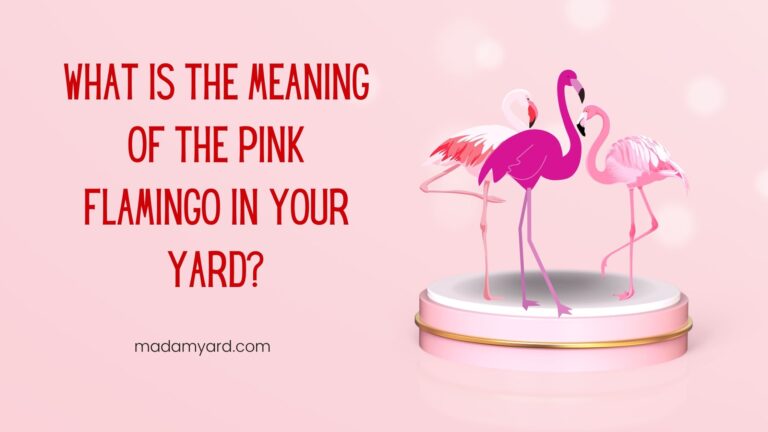

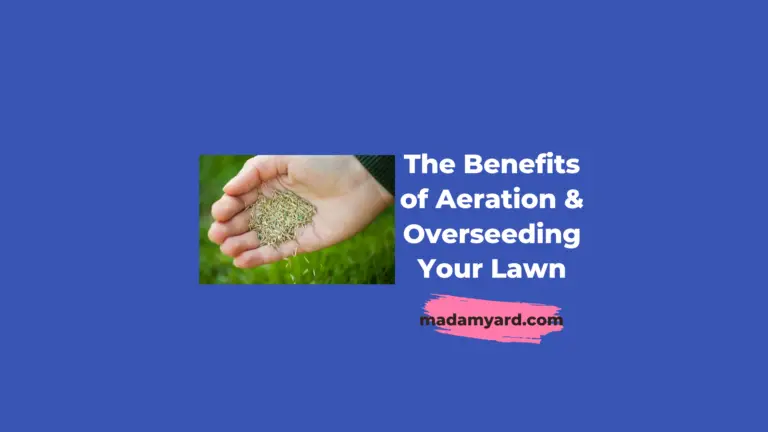

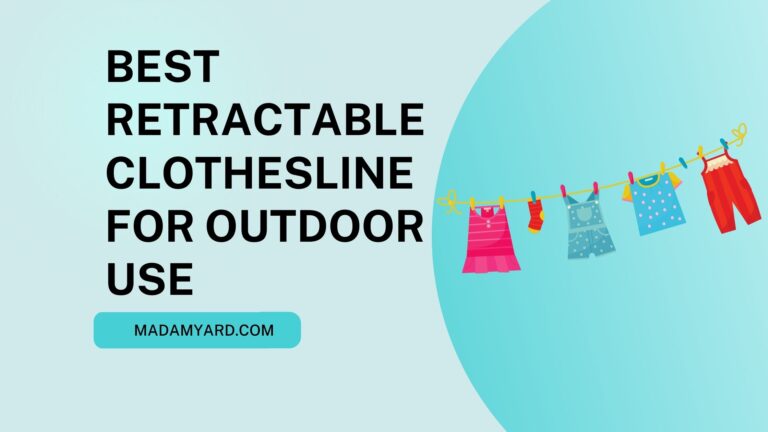
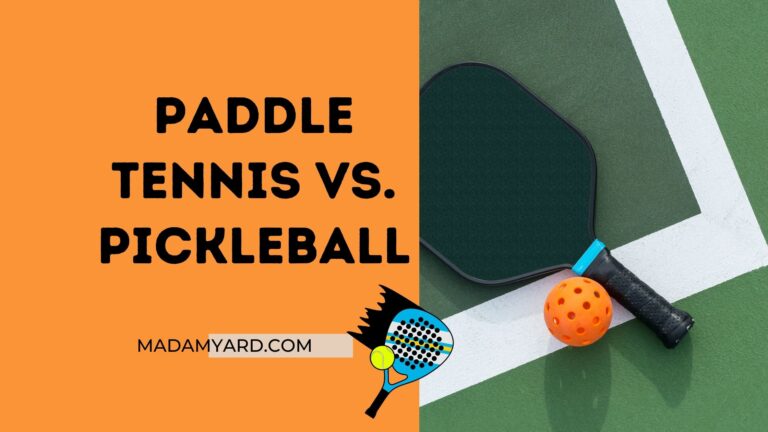

Proper addition of fertilizer really does sound like something that I should look into. If we apply too much of it, I can definitely see it being harmful rather than it actually being a benefit. To avoid that, I’ll go and look for a lawn fertilizing expert so they can assist me with proper application.